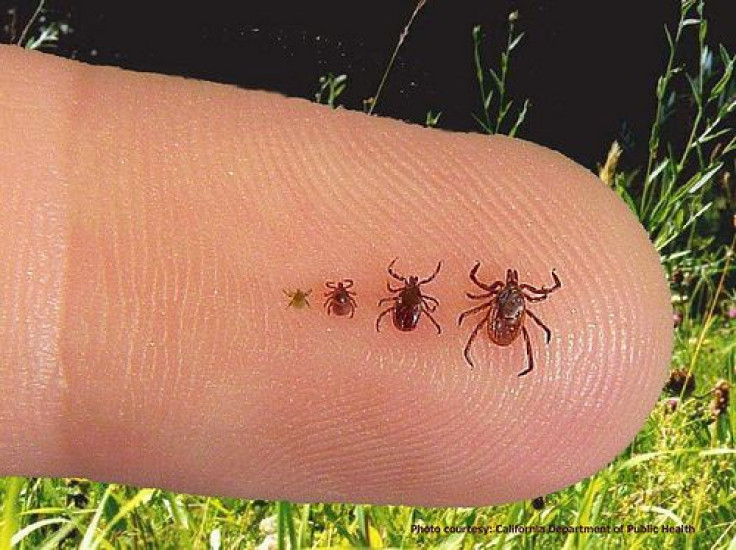CDC Finds 300,000 Lyme Disease Cases Annually, Figure 10 Times Higher Than Previously Thought

New data released by the Centers for Disease Control and Prevention (CDC) suggests that the number of people diagnosed with Lyme disease each year is nearly 10 times higher than previous estimates. A series of varied, ongoing studies places the new total around 300,000 annual cases, CDC said in a statement.
Word of the new data came Sunday night at the 2013 International Conference on Lyme Borreliosis and Other Tick-Borne Diseases, where experts from various fields — including veterinarians, ecologists, clinical researchers, and entomologists — gathered to share discoveries and advances related to tick-borne diseases. It was there that news broke about three ongoing studies expanding the previous estimate of 30,000 annual cases of Lyme disease to 300,000.
“We know that routine surveillance only gives us part of the picture, and that the true number of illnesses is much greater,” said Paul Mead, M.D., M.P.H., chief of epidemiology and surveillance for CDC’s Lyme disease program. “This new preliminary estimate confirms that Lyme disease is a tremendous public health problem in the United States, and clearly highlights the urgent need for prevention.”
Lyme disease is the most commonly reported tick-borne illness. Caused by the bacterium Borrelia burgdorferi, the disease is transmitted through bites of infected blacklegged ticks (Ixodes scapularis). If left untreated, infection can spread to the joints, heart, and nervous system; however, typical symptoms include fever, headache, fatigue, and a target-like skin rash called erythema migrans.
Three different methods of study comprise the growing research into Lyme disease. The first analyzes information from the annual medical claims of 22 million insured Americans, over the course of six years. The second study involves a survey of clinical laboratories, and the third surveys the general public for self-reported cases.
The end result was a three- to 12-fold increase in the true number of Lyme disease diagnoses annually.
The CDC says it will continue to analyze the studies’ data to ensure its efficacy and accuracy until all the studies are complete, at which point the CDC will publish the finalized results. In the meantime, the CDC and other researchers have begun investigating alternative prevention and treatment methods in order to slow the rate of infection around the world.
“We know people can prevent tick bites through steps like using repellents and tick checks. Although these measures are effective, they aren’t fail-proof and people don’t always use them,” said Lyle R. Petersen, M.D., M.P.H., director of CDC’s Division of Vector-Borne Diseases. “We need to move to a broader approach to tick reduction, involving entire communities, to combat this public health problem.”
The CDC cites homeowner vigilance as a key factor in helping to combat disease-carrying rodents and animals. Deer, for instance, play an important role in the tick life cycle due to their size and ability to sustain tick growth and reproduction. Remedies for such situations include new modes of suburban planning and greater awareness when it comes to human interaction with animals.
National surveillance of Lyme disease prevalence shows the Northeast and Upper Midwest constitute the greatest rates of incidence, with 96 percent of cases in 13 states.
To best protect yourself from contracting Lyme disease, the CDC recommends the following:
-Wear repellent
-Check for ticks daily
-Shower soon after being outdoors
-Call your doctor if you get a fever or rash
For more information on Lyme disease, visit www.cdc.gov/lyme.



























